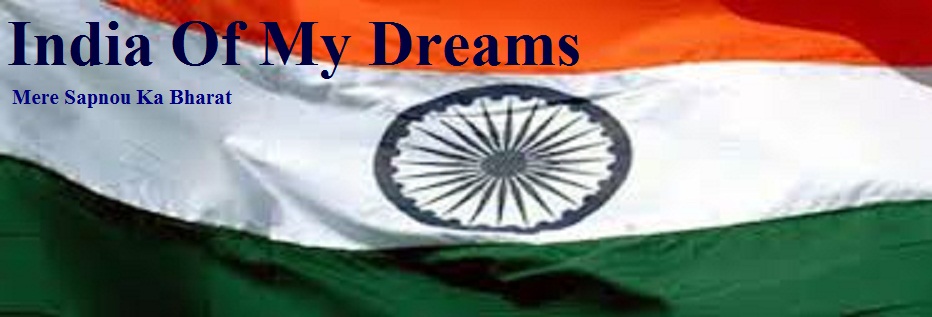(Part 1: Animal and Manual labour)
Let’s take our thoughts 5000 years back, to Indus valley civilization. There’re no trucks and trailers around, all transportation of goods were done manually, either by animal back or animal carts and carriages. They were safest and fastest modes of transport in that era The Indus valley people were talented enough to uses the fastest or most appropriate modes of transport of their era. Now, let’s take our thought to modern Indian metropolises Delhi, Bombay (Mumbai), Calcutta (Kolkata), Madras (Chennai), Bangalore (Begaluru), Hyderabad etc. It’s been 5000 years when Indus valley civilization flourished, now our metropolises are flourishing but we are still adamant to use all out dated modes of transportation in our modern cities. What was to be the difference had we lived 5000 years ago? We could have said we use latest modes of transport in our town, but can we say this now?
We are a computer literate society now, India exports a huge
amount of software, of course we must have been taking enough care about latest
versions, but our thoughts go in vain when we step out from our offices and use
the 5000 years old version of transports where a man pulls a cart or when we load
our goods on hand carts. Man carts, cycle rickshaws, bullock carts, tonga
(horse cart), camel carts, hand carts used in our various metropolises give a
tag of shamelessness, cruelty and insensitivity. Problems which rise from such
outdated transportation is traffic jams on roads. Imagine you’re driving a car
which can attain 100 km/hr in few seconds but you’re forced to ‘stop go stop’
on road just because there’s one bullock cart ahead of you. It not very
uncommon to see a whole road blockage and a huge traffic jam just because
there’s one bullock cart or a hand cart ahead of traffic. Bullock carts which carry
ice on streets of Bombay look really pathetic. Same is the case for cycle
rickshaw in Delhi.
I feel there must be a complete ban on human or animal pulling
a vehicle which either carries load or other people. Issue of cheap transport
is not appealing when we talk about humanity, dignity and animal cruelty on
other stage. It’s really pathetic to see a man pulling a cart soaked in sweat,
or a bullock pulling a cart when its legs are seen shivering, really
disgusting! If we put ban on such transport a demand would be created for
transport which would eventually be supplied in due course of time by other appropriate
transport, it’s all demand and supply issue, so no need to worry about who will
carry out such loading unloading then? Shame on Indian Oil ltd, it’s a public
sector company and it delivers kerosene on bullock cart and how proudly it
displays its name on the cart.
Of course, bicycles are another issue altogether if they are
used for personal to and fro there is no problem but if they are used to
transport heavy loads legislation be issued on such loadings. Cycles only for
personal use be allowed and not as a mode of loading and unloading. Similarly,
vintage ride of horse and camel carriage are a different issue, they be allowed
within particular range where motive is recreation that too with proper
legislation. Like medical check for animals, four wheels so it doesn’t put
weight on animal’s neck and minimum number of people to be pulled.
At last a three month period be allotted for a complete
removal of such pathetic and outdated vehicles and transport from our modern
cities. I don’t like to see Indian metropolises be comparable to towns which existed
5000 years ago, do you like it?
Shaikh Mazher





